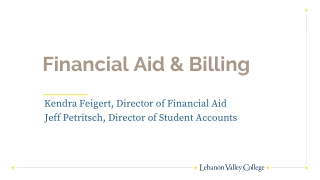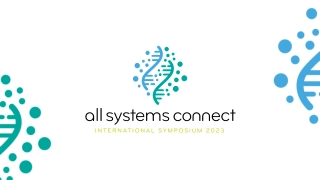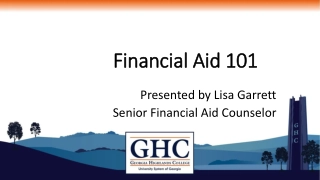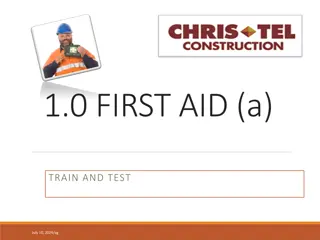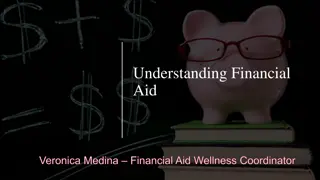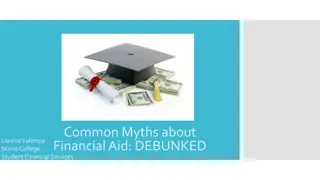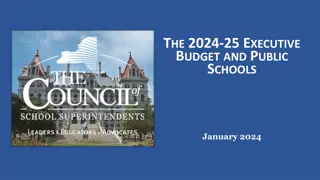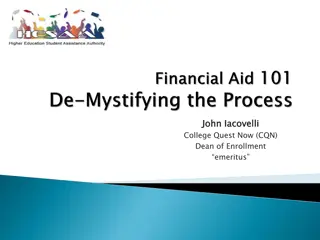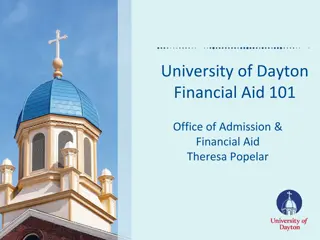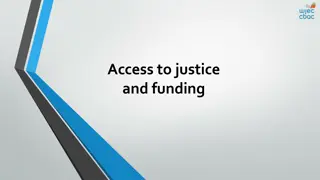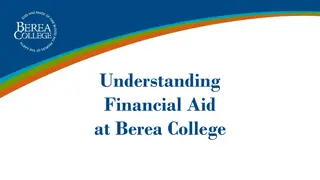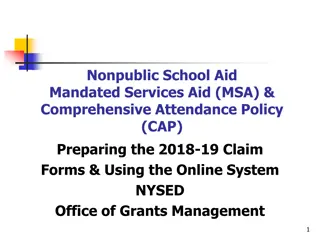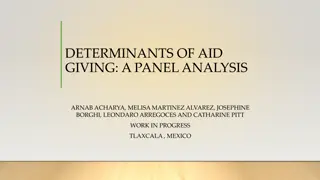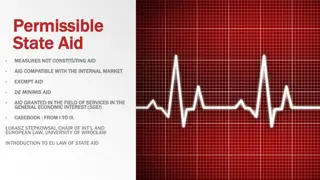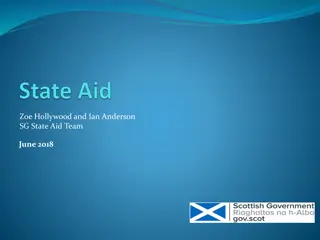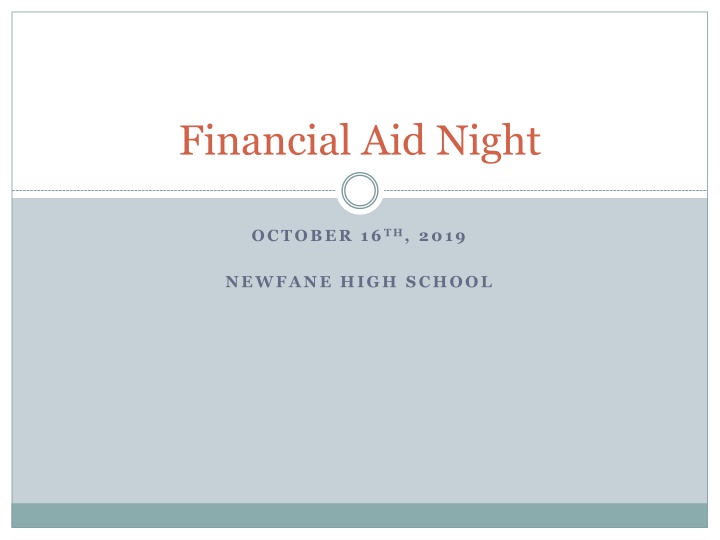
Financial Aid: Tips for FAFSA and Student Aid Applications
Discover essential information for applying for financial aid, including how to navigate FAFSA, important deadlines, and asset reporting guidelines. Learn from experts like Katie Kocsis, Director at Niagara University, to make informed decisions about funding your education.
Download Presentation

Please find below an Image/Link to download the presentation.
The content on the website is provided AS IS for your information and personal use only. It may not be sold, licensed, or shared on other websites without obtaining consent from the author. If you encounter any issues during the download, it is possible that the publisher has removed the file from their server.
You are allowed to download the files provided on this website for personal or commercial use, subject to the condition that they are used lawfully. All files are the property of their respective owners.
The content on the website is provided AS IS for your information and personal use only. It may not be sold, licensed, or shared on other websites without obtaining consent from the author.
E N D
Presentation Transcript
Financial Aid Night OCTOBER 16TH, 2019 NEWFANE HIGH SCHOOL
Katie Kocsis - Director, Niagara University 716-286-8686 kkocsis@niagara.edu
FAFSA - Getting started Apply for your FSA ID fsaid.ed.gov Will need one for the student and one for the parent. Be sure to use separate email addresses.
Which parent to report? If married or unmarried but living together report both If divorced report whoever the student lives with more than 50% of the time with during the prior 12 months
Asset Questions all based on current year information 1) Cash, Savings & Checking Accounts 2) Net worth of other investments 3) Net worth of business/ investment farms
2020-21 IRS Data Retrieval Available to use starting October 1st, 2019. Should use DRT when completing the FAFSA.
You can list up to 10 schools on the FAFSA form. Each school will receive the FAFSA electronically within 3-5 business days. You might see a range of when award letters are sent out. December February.
What is Cost of Attendance (COA) Direct costs Indirect costs Direct and indirect costs combined into cost of attendance Varies widely from college to college
What is the Expected Family Contribution (EFC) Amount family can reasonably be expected to contribute Stays the same regardless of college Two components Parent contribution Student contribution Calculated using data from a federal application form and a federal formula
What is Financial Need Cost of Attendance Expected Family Contribution = Financial Need
Types of Financial Aid Scholarships Grants Loans Employment
Sources of Financial Aid Federal government States Private sources Civic organizations and churches Employers
Federal Government Largest source of financial aid Aid awarded primarily on the basis of financial need Must apply every year using the Free Application for Federal Student Aid (FAFSA)
Common Federal Aid Programs Federal Pell Grant Teacher Education Assistance for College and Higher Education Grant (TEACH) Federal Supplemental Educational Opportunity Grant Federal Work-Study Subsidized and Unsubsidized Loans PLUS Loans
States Residency requirements Award aid on the basis of both merit and need Use information from the FAFSA Deadlines vary by state; check paper FAFSA or FAFSA on the Web site
Private Sources Foundations, businesses, charitable organizations Deadlines and application procedures vary widely Begin researching private aid sources early
Employers Companies may have scholarships available to the children of employees Companies may have educational benefits for their employees
Questions??? Feel free to contact the Financial Aid Office at NU. We are here to help!

